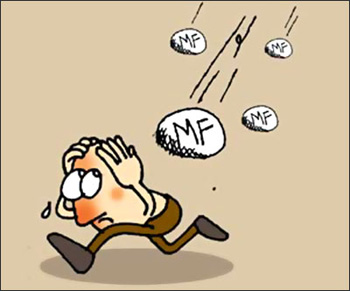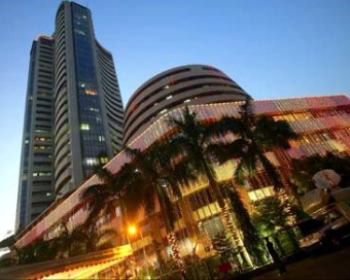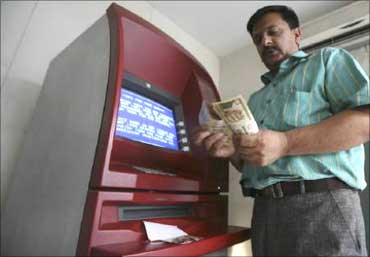 | « Back to article | Print this article |
Risks in riding the commodity cycle
Mutual funds provide several options but record is limited and doesn't give a clear picture.
Lison D'Souza's financial planner wants him to invest in commodity mutual funds for a while.
The planner's argument is that recent international events, such as China's good growth numbers and quantitative easing by the US Federal Reserve, will result in more fund flows in commodities.
The short-term performance of commodity schemes backs D'Souza's planner.
Click NEXT to read further. . .
Risks in riding the commodity cycle
These schemes returned 5-12 per cent in the last one month and 13-20 per cent in the last three months.
The numbers are even better than the returns from the Sensex at 2.97 per cent in the last one month and 14.93 per cent in the three-month period.
But is it the smartest thing to do for a retail investor, like D'souza, who has a portfolio of Rs 250,000 only?
Why invest?
If an investor wants an exposure to commodities in India, there are limited options.
While one can take the commodity exchange route, the risks are quite high.
For one, any retail investor is not well-equipped to understand the dynamics of the commodity market.
Click NEXT to read further. . .
Risks in riding the commodity cycle
Two, the government controls the prices of many other commodities such as fertilisers, cooking oil, thermal coal, crude and several agricultural commodities.
The other option is direct stocks of companies that are in the commodity business.
Another option is commodity mutual funds.
"Investors who want to invest in diversified commodities need to look at funds that invest in international commodity miners or producers," says Gopal Agarwal, head-equity and deputy CIO, Mirae Asset Mutual Fund.
Within India, funds that invest in commodity companies are restricted to a mere four. These include Magnum COMMA, Reliance Natural Resources, DSPBR Natural Resources & New Energy and Sahara Power & Natural Resources.
Click NEXT to read further. . .
Risks in riding the commodity cycle
Performance
Most funds investing in global commodity companies are less than two years old.
The one-year returns of these funds are not impressive, if you compare them to the overall performance of equity markets in the country.
Birla Sun Life's three funds -- Global Agri, Global Precious metals and Global Multi Commodity -- have returned 24.48 per cent, 20.41 per cent and 10.63 per cent, respectively, in the last one year.
Click NEXT to read further. . .
Risks in riding the commodity cycle
The one-year performance of the other two funds includes ING OptiMix Global Com (18.55 per cent) and Mirae Asset Global Com Stocks (17.84 per cent).
Gold mining funds' -- AIG World Gold and DSPBR World Gold -- one-year returns are 29.99 per cent and 23.55 per cent, respectively.
DSPBR World Mining and DWS Global Agribusiness Offshore were launched less than a year back.
Expenses
Most funds invest directly in stocks of global companies. These include funds from Birla Sun Life and Mirae Assets.
These funds are allowed to charge up to an annual expense ratio of 2.5 per cent.
Others are feeder funds, which invest in an offshore fund.
Offshore funds, in turn, take exposure to equities of commodity companies. Such funds can charge an annual expense ratio of 0.75 per cent.
Click NEXT to read further. . .
Risks in riding the commodity cycle
Risks
Dhruva Chatterji, senior research analyst with Morningstar, says these funds are thematic and, therefore, riskier than other funds that invest in global equities.
It is similar to an investor investing in a diversified equity fund and thematic fund in India.
The latter carries more risk, as the bets are concentrated in a few sectors.
They are exposed to currency fluctuation risks also, and it can either eat into returns or add to them, depending on the currency movement.
Nirav Panchmatia, founder of AUM Financial Advisors, says the absence of historical information is a deterrent.
It also makes it difficult to analyse or understand the investment decisions of fund houses. Commodities are both volatile and cyclical.
Considering risks, allocation to these funds that invest abroad, should not be more than five per cent.
"Within the allocation, one can split different types of funds, according to the risk-taking ability," says Govind Pathak, director, Acorn Investment Advisory Services.






